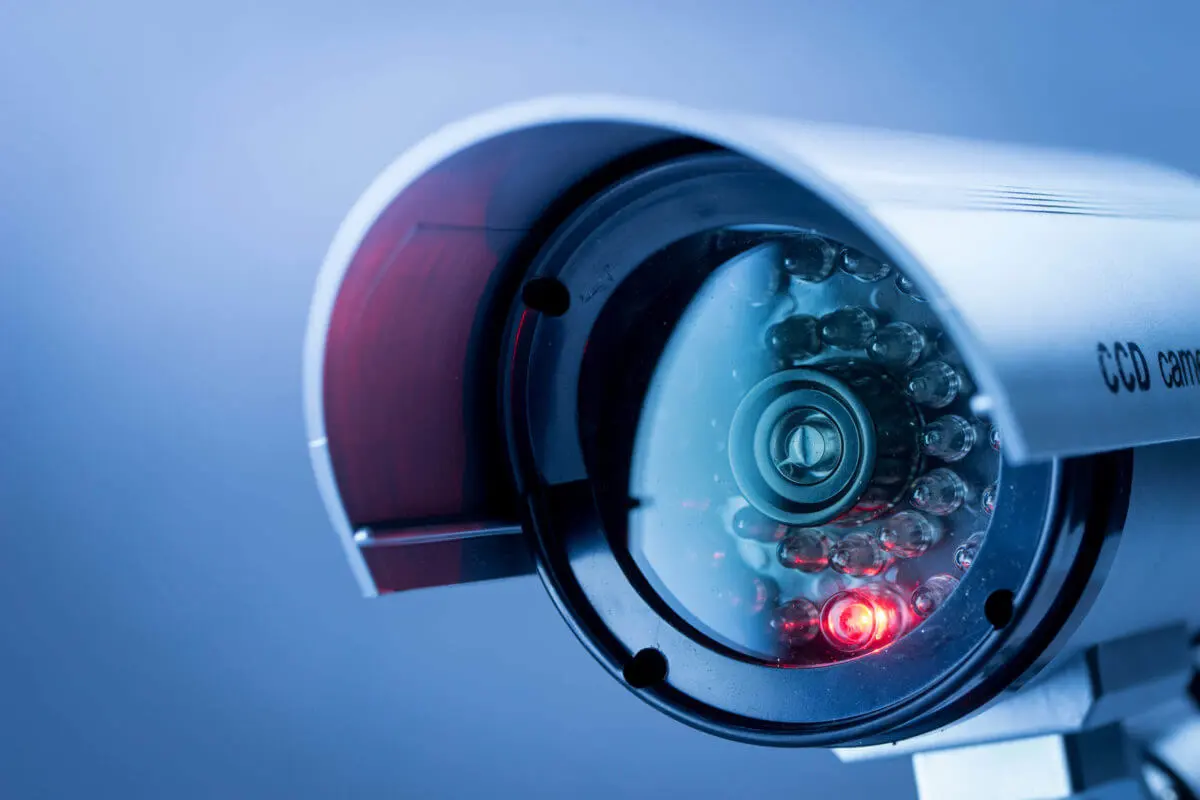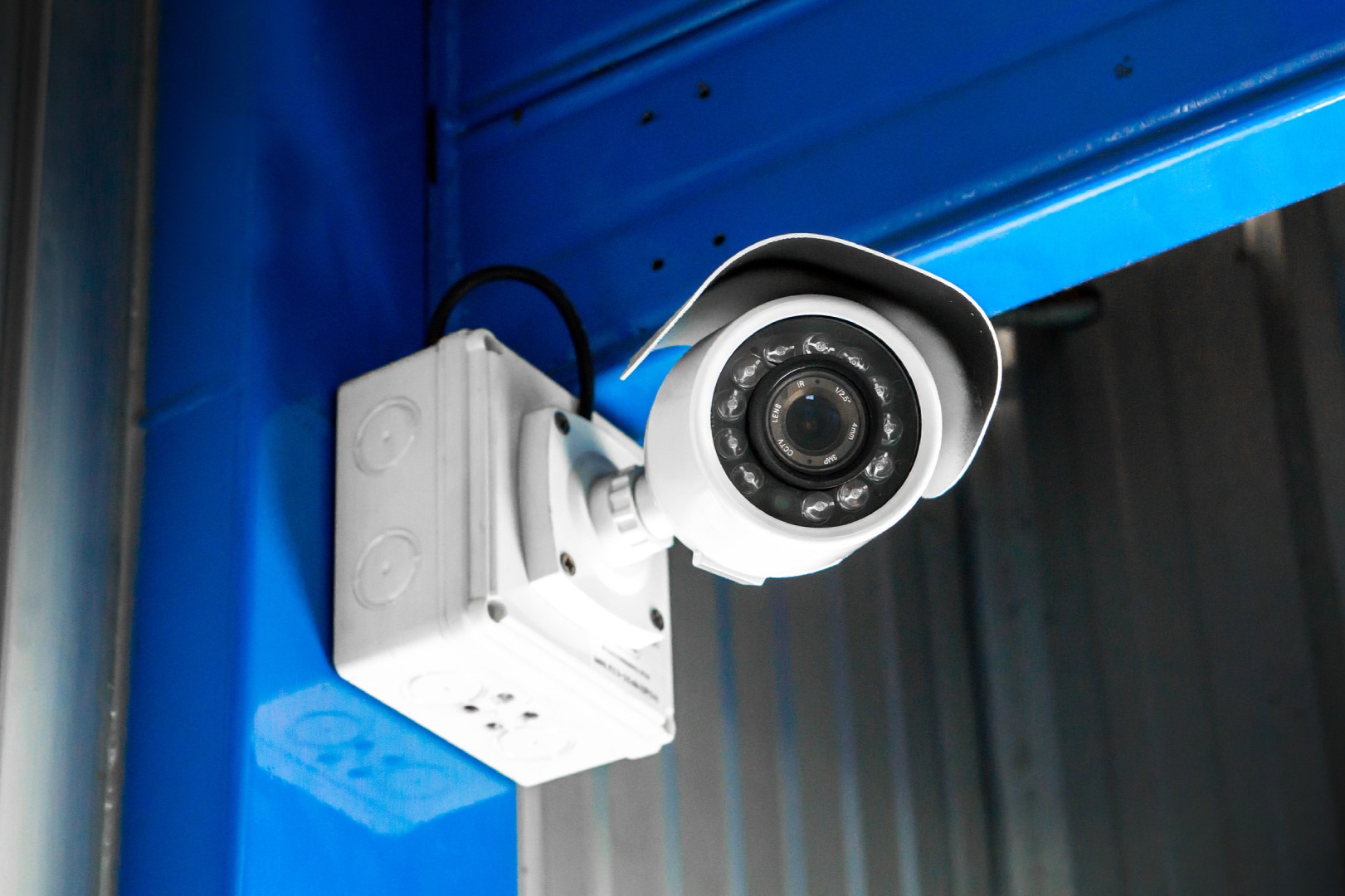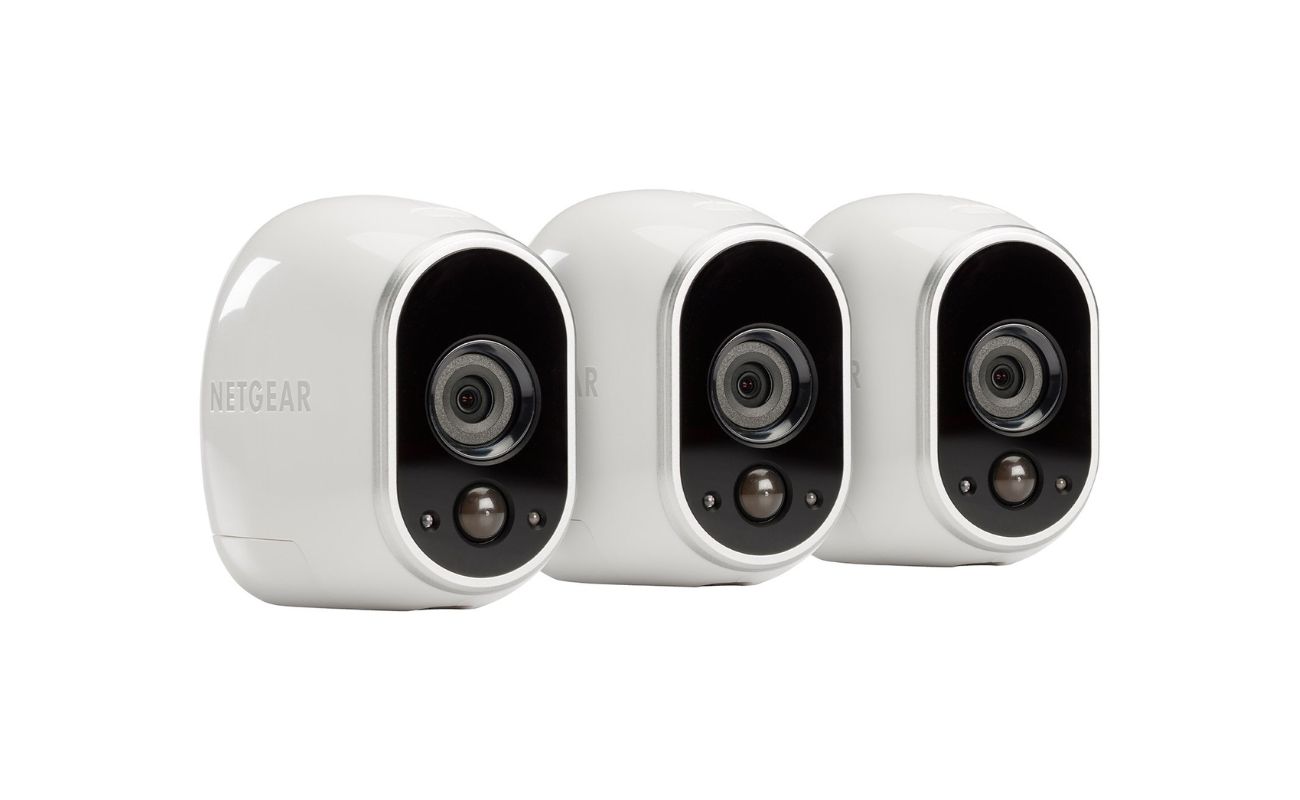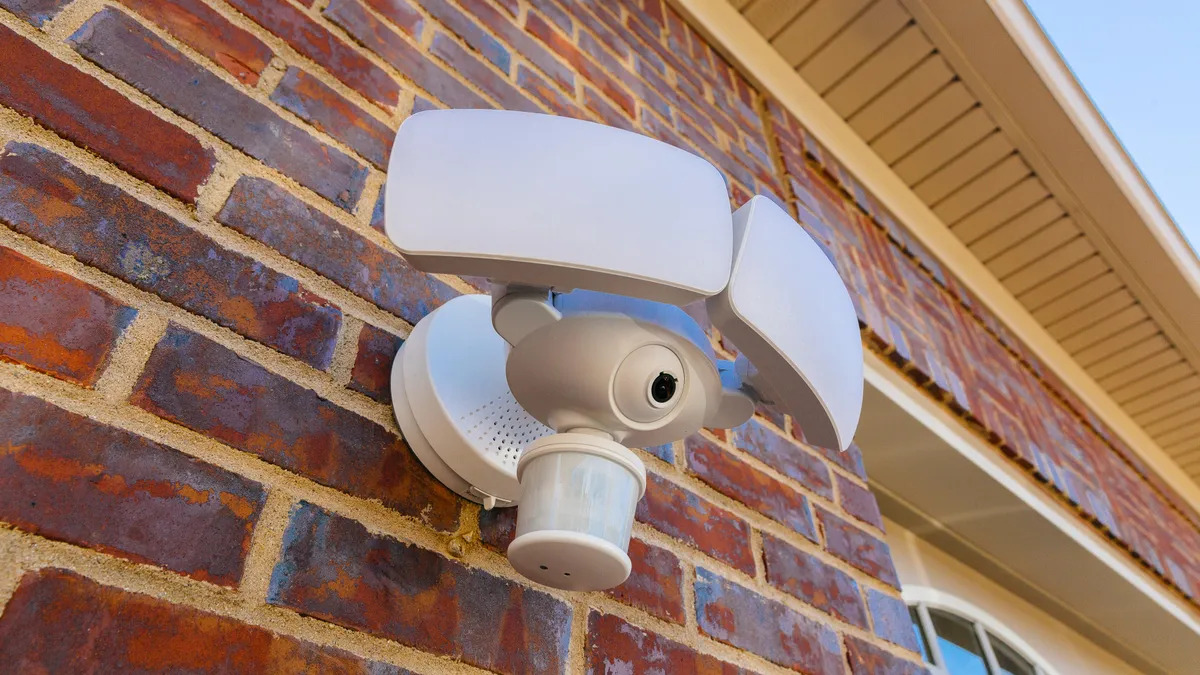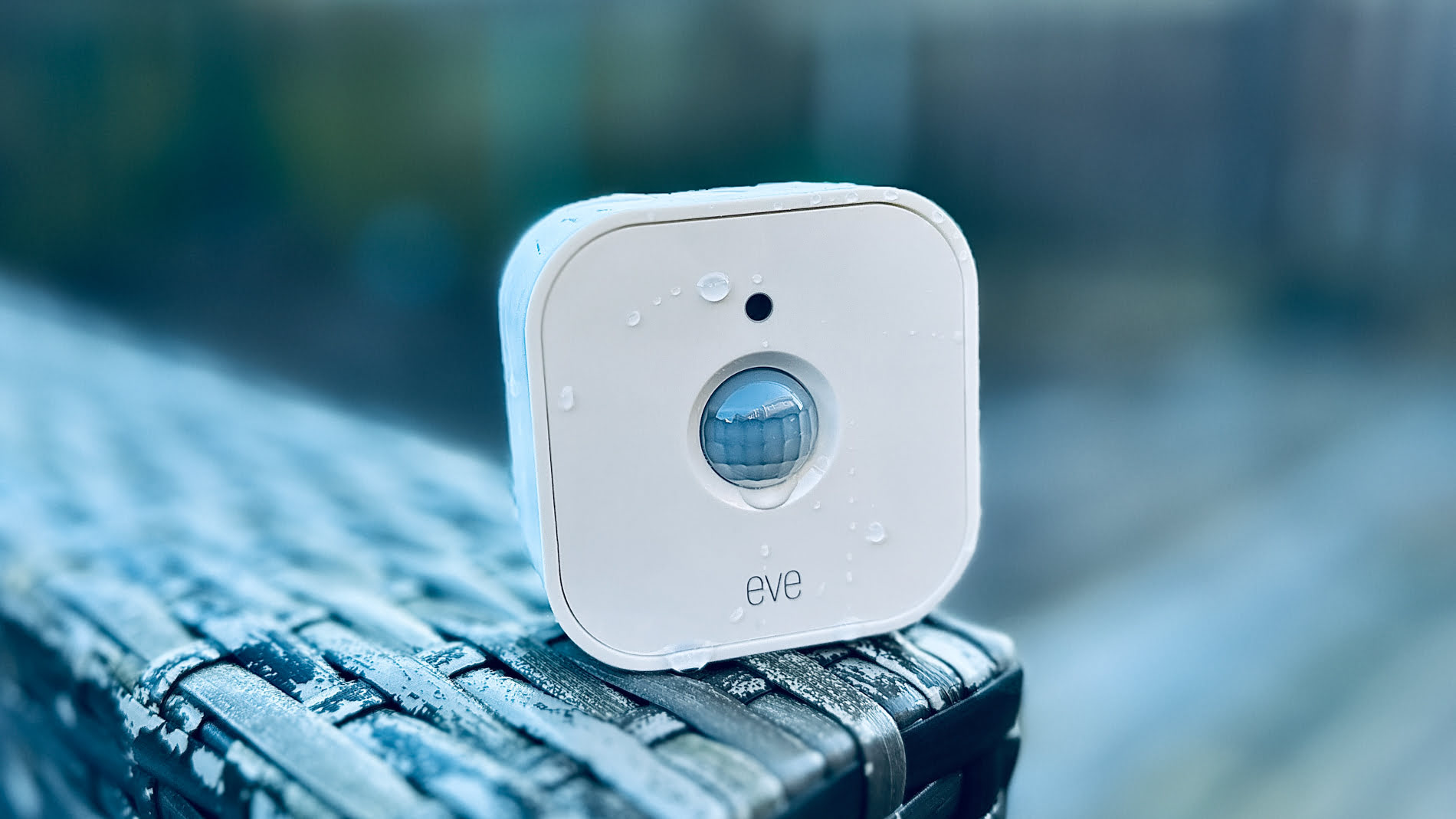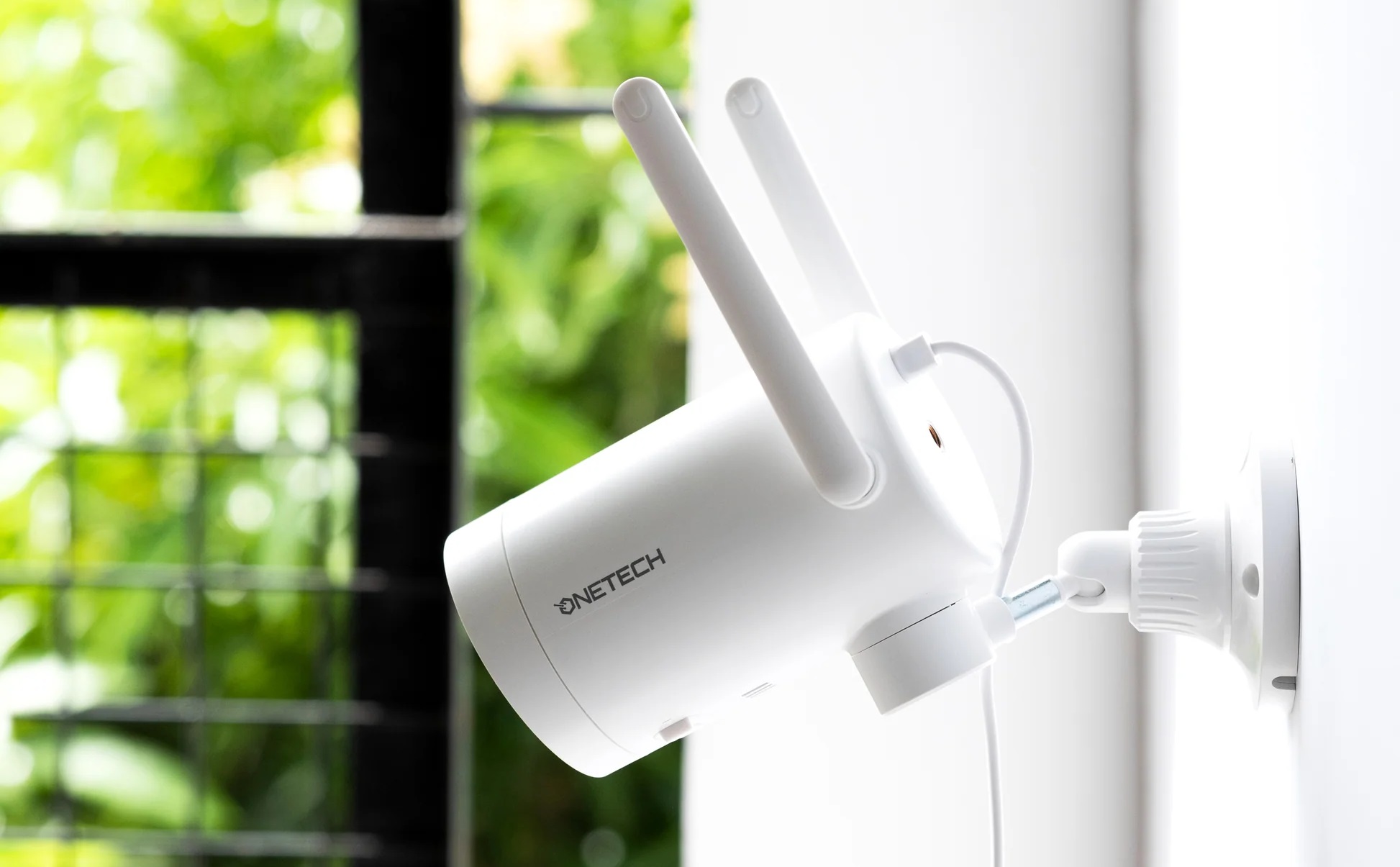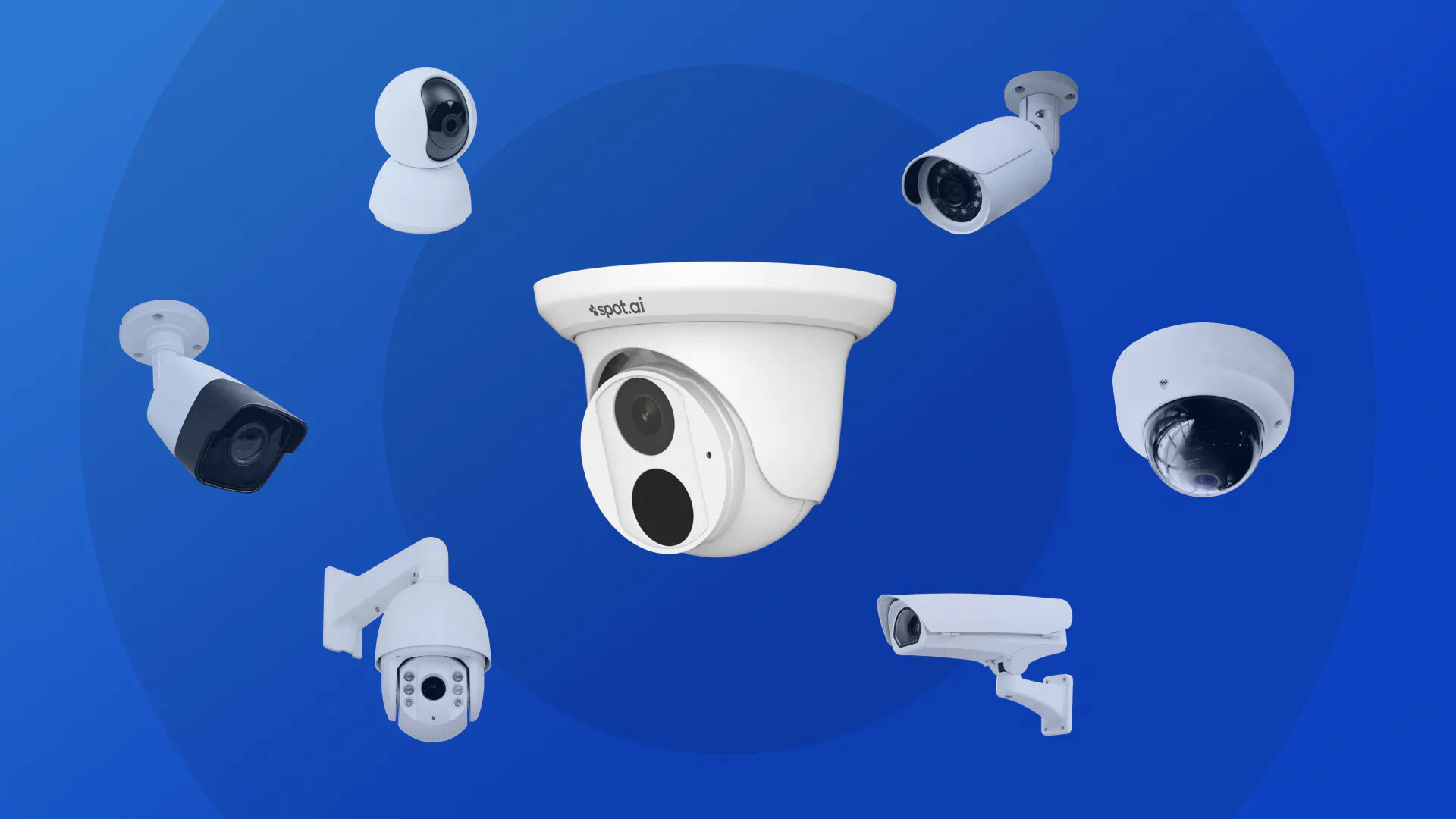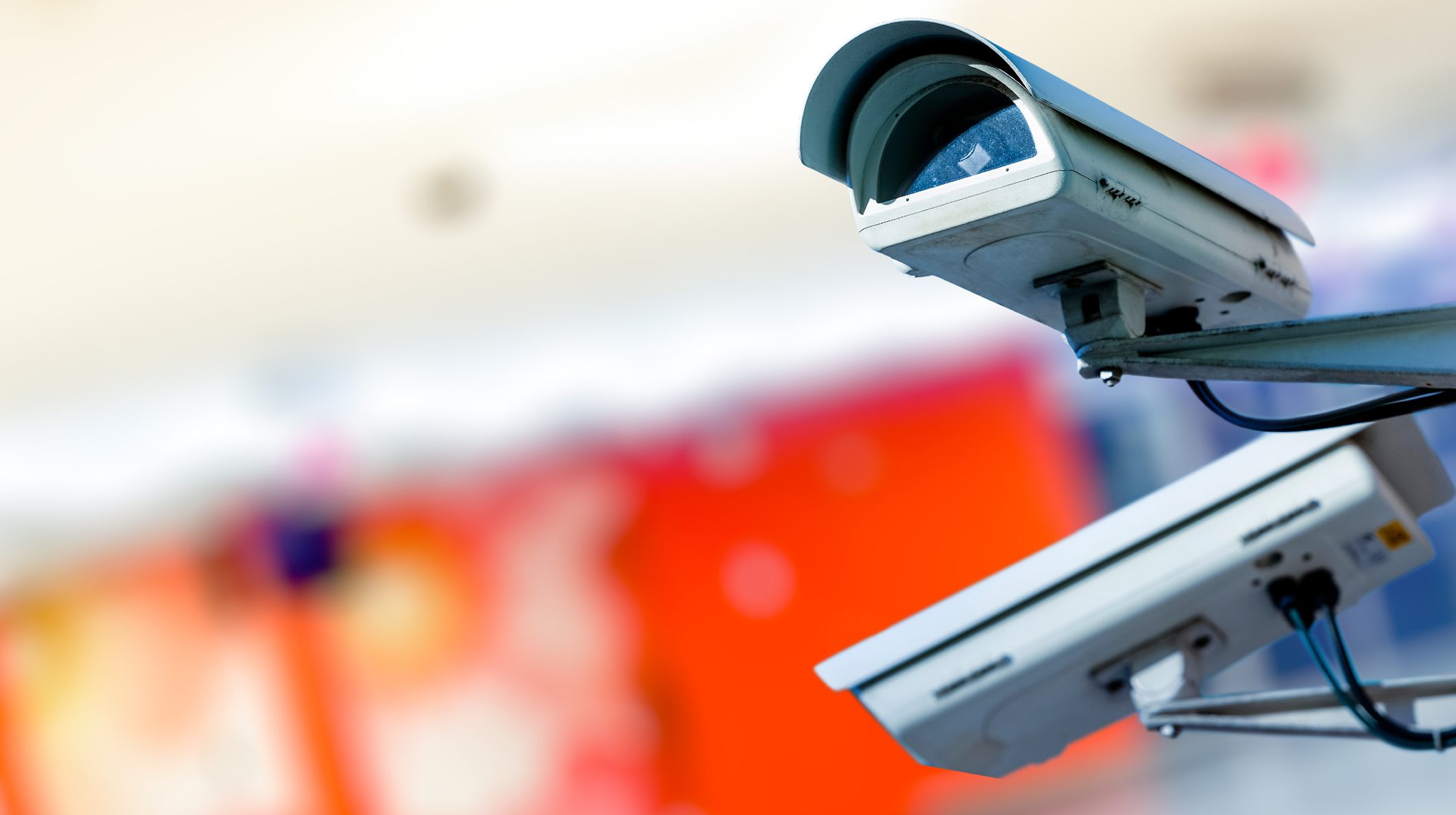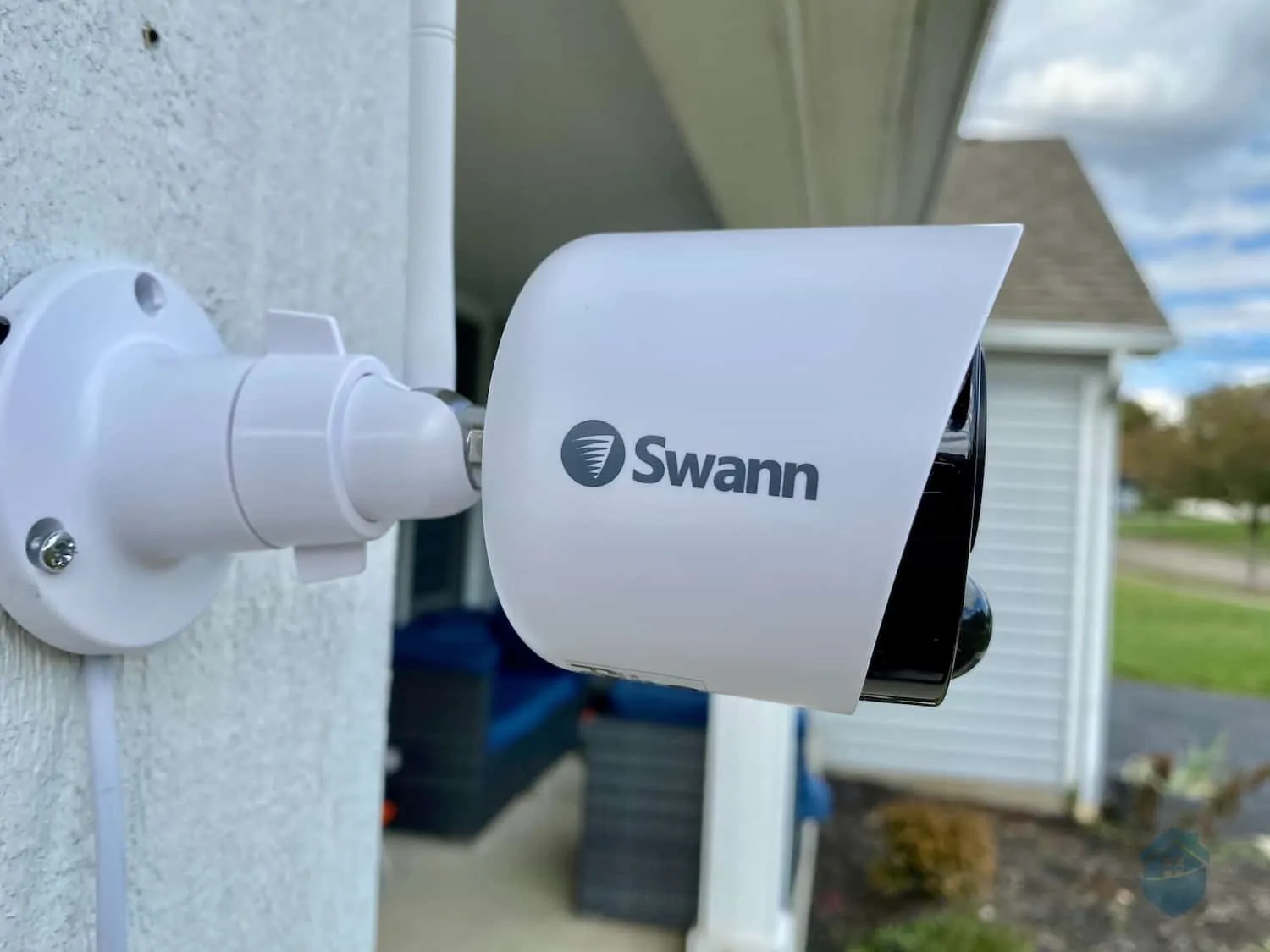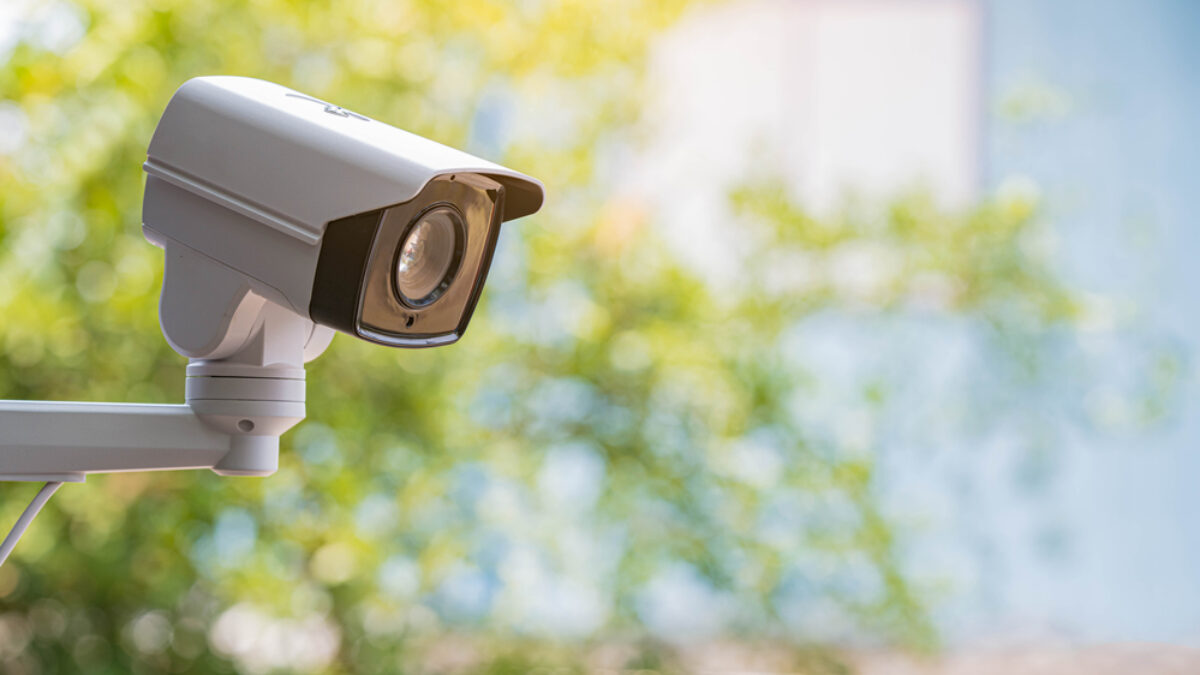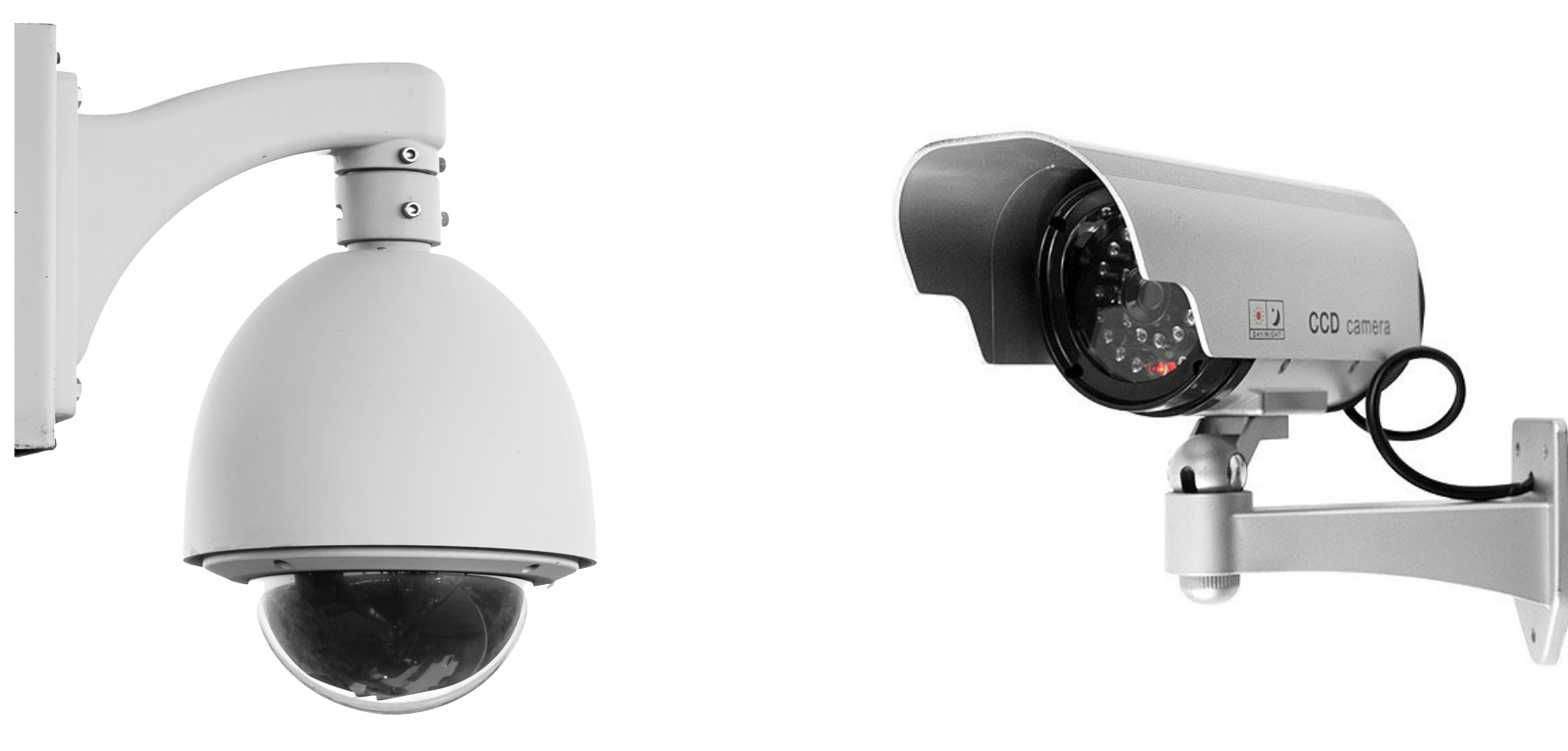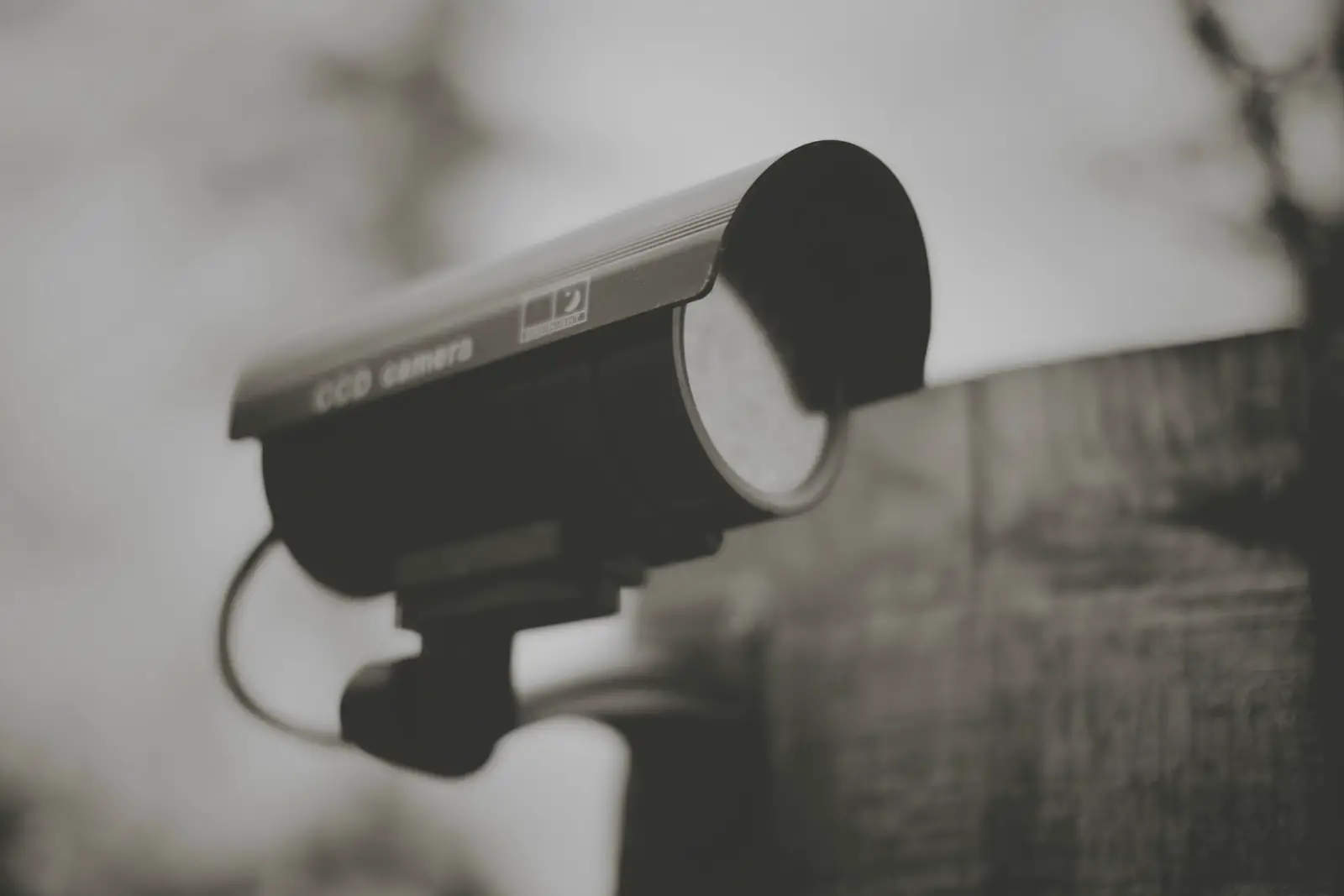Home>Home Security and Surveillance>How To Tell If A Home Security Camera Is On
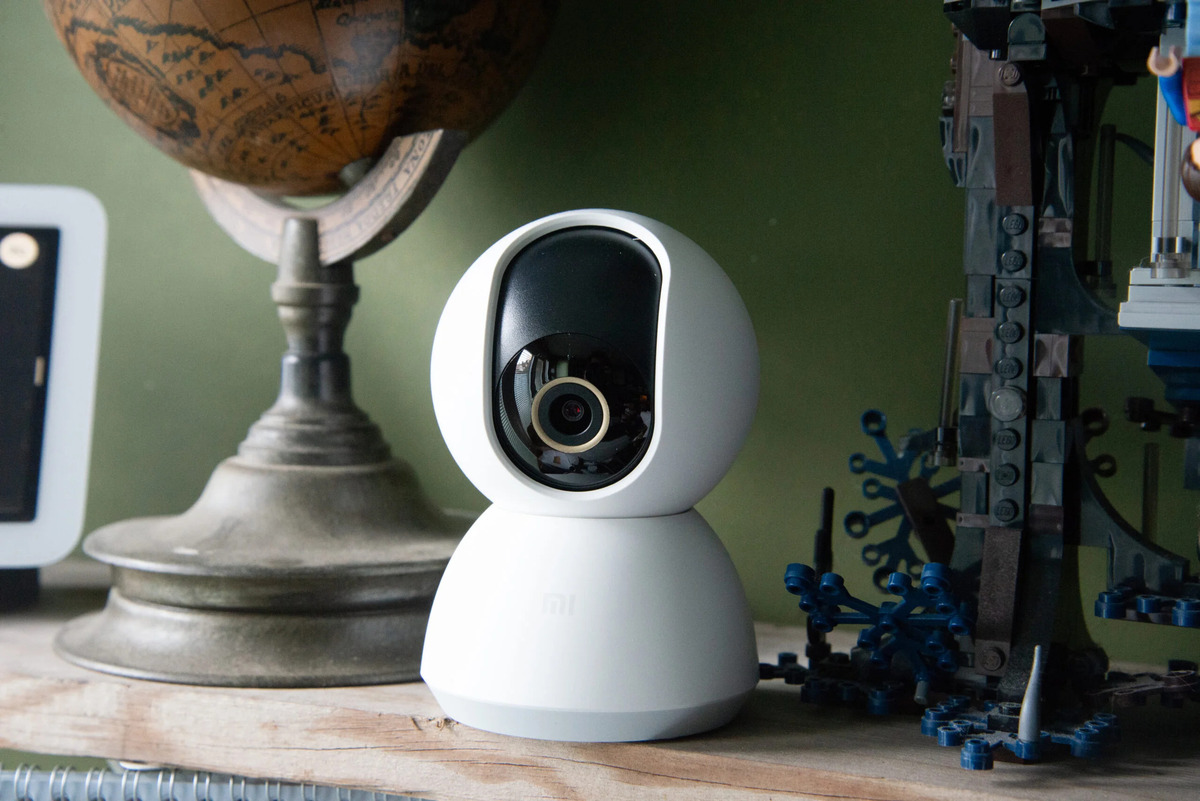

Home Security and Surveillance
How To Tell If A Home Security Camera Is On
Modified: October 28, 2024
Learn how to determine if your home security camera is on and functioning properly. Keep your home safe with effective home security and surveillance measures.
(Many of the links in this article redirect to a specific reviewed product. Your purchase of these products through affiliate links helps to generate commission for Storables.com, at no extra cost. Learn more)
Introduction
Welcome to our comprehensive guide on how to tell if a home security camera is on. In today’s world, home security and surveillance systems have become increasingly popular. These systems provide peace of mind by helping us monitor our homes and keep them safe. However, it is important to know whether or not your security camera is actually functioning and recording when you need it to.
Determining whether a home security camera is on can be essential for various reasons. It ensures that you are aware of any potential intruders or suspicious activities in and around your property. Additionally, it allows you to address any technical issues promptly, such as a power outage or a malfunctioning camera.
In this article, we will explore creative ways to identify if a home security camera is on. We will highlight common indicators, such as LED lights or displays, as well as monitoring the mobile app or control panel. Furthermore, we will discuss how to analyze network traffic or data usage and utilize external tools or devices to confirm if your security camera is operational.
Knowing how to tell if a home security camera is on is essential in ensuring the safety and security of your home and loved ones. So, let’s dive into the various methods you can use to determine if your security camera is recording.
Key Takeaways:
- Ensure your home security camera is recording by checking for LED lights, display screens, and motion detection notifications. Use creative methods like mirrors and heat signature analysis to detect hidden cameras.
- Utilize network monitoring tools, external devices, and motion detection notifications to verify if your home security camera is actively recording. Stay informed and proactive in ensuring the safety of your property.
Read more: How To Tell If A Security Camera Is Fake
Creative Ways to Determine If a Home Security Camera Is On
While there are common indicators that can help you determine if a home security camera is recording, there are also some creative ways to check its status. These methods can be particularly helpful if the camera does not have visible LED lights or a display. Let’s explore these creative methods:
- Use a mirror: If you suspect that a hidden camera is present, you can use a mirror to reflect the area where you think the camera might be. Look for any unusual reflections or glimmers that could indicate a camera lens. Be sure to check areas such as air vents, smoke detectors, and other inconspicuous locations.
- Check for heat signatures: Infrared cameras used for surveillance emit heat. Use a thermal imaging device or even your smartphone’s thermal camera app to scan the room and see if there are any areas that show a heat signature consistent with a working camera.
- Listen for faint sounds: Some security cameras may produce a faint buzzing or humming sound when they are turned on. This can be particularly useful if the camera is hidden or placed in a hard-to-reach location. Listen carefully in the area where you suspect the camera to be and see if you can detect any unusual noises.
- Use a RF signal detector: RF (Radio Frequency) signal detectors can help you identify wireless security cameras that transmit signals. These detectors can detect the frequencies used by wireless cameras and alert you if there is any signal being transmitted nearby. Sweep the area with the detector and pay attention to any indications of wireless activity.
- Run a smoke test: A smoke test involves using a can of smoke (such as a smoke detector test spray) near where you suspect a hidden camera to be. If the camera is present and working, the smoke particles will reflect off the lens and become visible as they disperse. This can help you detect hidden cameras that are not easily visible.
These creative methods can help you determine if a home security camera is on, even in situations where the camera’s indicators are not readily visible. However, remember to respect privacy boundaries and only use these methods for legitimate security concerns.
Common Indicators That a Home Security Camera Is Recording
When it comes to determining if a home security camera is recording, there are several common indicators to look out for. These indicators can help you easily identify whether your camera is actively capturing footage. Let’s take a closer look at some of these common indicators:
- LED Lights: Many security cameras have small LED lights that indicate their status. Typically, a solid or blinking green LED light indicates that the camera is powered on and functioning properly. Keep in mind that different camera models may have different LED light configurations, so refer to the camera’s manual for specific instructions regarding LED indicators.
- Display Screens: Some security cameras come equipped with built-in display screens that show live footage or even playback recordings. If your camera has a screen, check to see if it is on and displaying any video feed or playback footage.
- Visible Movement: Infrared or night vision security cameras may have small red lights that are visible in low-light conditions. These lights indicate that the camera is capturing video footage. Look for any visible red lights on or around the camera when it is dark or in night mode.
- Motion Detection: Many security cameras are equipped with motion detectors that trigger recording when they detect movement within their field of view. If your camera has motion detection capabilities, check for any notifications or activity logs indicating that motion has been detected and recorded.
- Audio Indicators: Some security cameras feature built-in microphones that capture audio along with video. If your camera has audio recording capabilities, listen for any sounds or conversations coming from the camera’s location. Additionally, check the camera’s settings or mobile app to see if there are any indications that audio recording is enabled.
These common indicators can give you a clear indication of whether your home security camera is recording. However, it is important to note that not all cameras may have these indicators or they may not be visible in certain models. Therefore, it is crucial to refer to the specific camera’s manual or contact the manufacturer for accurate details on how to determine if your camera is recording.
Checking the Mobile App or Control Panel
One of the easiest and most convenient ways to determine if a home security camera is recording is by checking the mobile app or control panel associated with the camera system. Most modern security cameras have dedicated mobile apps or control panels that allow you to monitor and control the camera remotely. Here’s how you can use these tools to check the camera’s recording status:
- Open the mobile app or control panel: Launch the mobile app on your smartphone or access the control panel through a web browser on your computer. Make sure you are connected to the same network as the camera.
- Log in to your account: Enter your credentials to log in to your security camera system’s account. If you have multiple cameras, select the specific camera you want to check the recording status for.
- Check the live feed: Once you are logged in, take a look at the live feed from the camera. This will show you the real-time footage that the camera is capturing. If you can see the live feed, it indicates that the camera is indeed recording.
- Look for recording history: Navigate through the app or control panel to find the recording history or playback options. Some cameras may have a timeline or calendar view where you can select specific dates and times to view recorded footage. If you can access previous recordings, it confirms that the camera has been recording.
- Check camera settings: Explore the settings menu of the mobile app or control panel and look for any indications related to recording, motion detection, or scheduling. Ensure that the recording settings are enabled and set up according to your preferences.
- Receive notifications: If your security camera system supports it, enable push notifications or email alerts for motion detection. This way, you will receive immediate notifications whenever the camera detects movement and starts recording.
By utilizing the mobile app or control panel, you can conveniently access live footage, view recorded history, and verify if your home security camera is recording. Make sure to familiarize yourself with the features and functions of your specific camera system to fully utilize the mobile app or control panel.
Monitoring the Camera’s LED Lights or Display
One of the most straightforward ways to determine if a home security camera is recording is by monitoring its LED lights or display. Many security cameras are equipped with LED indicators or built-in display screens that provide real-time feedback on the camera’s status. Here’s how you can use these visual cues to check if your camera is recording:
- Locate the LED lights: Take a close look at your security camera to identify any LED lights. These lights are usually located near the lens or on the front of the camera housing. LED lights come in various colors, but commonly green, red, or blue are used to indicate different states.
- Understand the LED light indications: Refer to your camera’s manual or manufacturer’s website to understand the meaning of different LED light patterns. For instance, a solid green light may indicate that the camera is powered on and recording, while a blinking red light could signify that the camera is currently recording footage.
- Watch for changes in LED light behavior: Observe the LED lights over a period of time, especially when you know there is activity being captured by the camera. Take note of any changes or patterns in the LED light behavior, such as blinking when there is motion detection or remaining steady when there is no activity.
- Monitor the display screen: If your security camera has a built-in display screen, keep an eye on it to see if it shows a live video feed or playback footage. Some cameras may have options to toggle between different display views, such as live feed or recorded videos. Pay attention to any indications of active recording or playback on the screen.
- Consider camera-specific indicators: Different camera models may have unique LED light or display indicators. For example, a camera with a built-in microphone may have a separate LED light or display icon to indicate audio recording. Review the camera’s documentation to fully understand the specific indicators for your model.
By closely monitoring the LED lights or display of your home security camera, you can easily tell if it is actively recording. Familiarize yourself with the different LED light patterns and display indications specific to your camera model to accurately assess its recording status.
Look for a small light on the camera, usually red or green, which indicates that it is on and recording. If there is no light, check the camera’s app or software for its status.
Analyzing Network Traffic or Data Usage
Another effective way to determine if a home security camera is recording is by analyzing the network traffic or data usage associated with the camera. This method is particularly useful for cameras that connect to your home Wi-Fi network or have cloud storage capabilities. Follow these steps to analyze network traffic and data usage:
- Access your router’s settings: Log in to your router’s administration settings using a web browser. Typically, you can enter the router’s IP address in the address bar to access the settings page. Consult your router’s manual for specific instructions.
- Find the connected devices: Look for a section in the router settings that displays the list of connected devices. This will show you all the devices currently connected to your network, including your security camera.
- Identify the camera’s IP or MAC address: Locate your security camera in the list of connected devices. Look for the IP address or MAC address associated with the camera. This information is usually provided next to the device name or in a separate column. Make a note of this address for further analysis.
- Use network monitoring tools: Utilize network monitoring tools to analyze the data traffic generated by the camera. There are various software applications and online services available that can help you monitor network traffic and data usage. Some popular tools include Wireshark, GlassWire, or your router’s built-in traffic monitoring features.
- Observe data transfer patterns: Analyze the data transfer patterns of the camera’s IP or MAC address in the network monitoring tool. Look for consistent data transmissions and check if the data usage corresponds to the camera’s activity. If there is a spike in data transfer when there is movement or motion detection, it indicates that the camera is recording and transmitting data.
- Check cloud storage usage: If your security camera uses cloud storage for recordings, log in to your account on the cloud storage platform. Review the storage usage or video history section to see if there are recent recordings from the camera. If there are new recordings appearing in the cloud storage, it confirms that the camera is actively recording.
By analyzing the network traffic or data usage associated with your home security camera, you can gain valuable insights about its recording activity. Keep in mind that this method may require some technical know-how, and the availability of network monitoring tools can vary based on your router and software preferences. Consult the specific documentation or support resources for your camera and network monitoring tools for more accurate analysis.
Utilizing External Tools or Devices
When it comes to determining if a home security camera is recording, you can also utilize external tools or devices to help you confirm its status. These tools can provide additional insights and assist in verifying the camera’s recording activity. Here are some ways you can use external tools or devices:
- Camera testers: Camera testers are portable devices designed specifically for testing and troubleshooting security cameras. They can display live video feeds, check camera settings, and even test motion detection. Connect the camera tester to your security camera and use its features to confirm if the camera is recording and functioning properly.
- Network scanners: Network scanners can assist in identifying active devices on your network, including security cameras. These tools scan your network and display a list of devices along with their associated IP addresses. By using a network scanner, you can identify the IP address of your camera and ensure it is active on the network.
- Signal detectors: Signal detectors can help you detect wireless signals emitted by wireless security cameras. These devices can identify frequencies used by cameras and alert you to nearby wireless activity. Using a signal detector, you can sweep the area around your camera and determine if it is actively transmitting signals.
- Dedicated camera monitoring software: Some security camera systems come with dedicated monitoring software that provides detailed information about the camera’s status and recording activity. Install and use the software provided by the camera manufacturer to access advanced monitoring features and gain insights into the camera’s functionality.
- Smart home integration: If you have a smart home hub or system, you can use it to monitor the status of your security camera. Check the smart home app or control panel to see if the camera is connected and active. Some smart home systems also provide notifications or activity logs related to your security camera, allowing you to track its recording activity.
- Third-party camera monitoring apps: There are several third-party apps available for monitoring security cameras from different manufacturers. These apps often offer additional features and remote access to camera settings. Install a reputable camera monitoring app compatible with your camera model and use it to check the camera’s recording status.
By utilizing external tools or devices, you can supplement your efforts in determining if a home security camera is recording. These tools offer advanced features and insights that can provide a more comprehensive understanding of the camera’s status and functionality.
Remember to consult the specific documentation and support resources for both your security camera and the external tools or devices you plan to use. This will ensure accuracy and compatibility when utilizing these tools to assess the recording activity of your home security camera.
Watching for Motion Detection Notifications
Another effective method to determine if a home security camera is recording is by watching for motion detection notifications. Many security cameras utilize motion detection technology to trigger recording whenever movement is detected within their field of view. By monitoring these notifications, you can confirm if your camera is actively recording. Here’s how you can leverage motion detection notifications:
- Enable motion detection: Access the settings of your security camera, either through the mobile app or control panel, and enable the motion detection feature. Adjust the sensitivity settings to ensure accurate motion detection without triggering false alarms.
- Set up notifications: Configure the camera settings to receive notifications on your smartphone, tablet, or computer whenever motion is detected. Most camera systems offer options to send push notifications or emails when activity is detected.
- Keep your device nearby: Ensure that the device receiving the notifications is within your reach and that the volume is audible. This will allow you to promptly notice and react to any motion detection notifications.
- Regularly check for notifications: Keep an eye on your device to see if you receive any motion detection notifications. Whenever you see a notification, open it immediately to assess the recorded footage or live feed from the camera.
- Review the captured footage: When you receive a motion detection notification, access the camera’s live feed or recording history to review the captured footage. If the footage shows the detected motion and relevant recording, it confirms that the camera is indeed recording.
- Monitor activity logs: Some security camera systems provide activity logs within their mobile app or control panel. These logs detail the date, time, and duration of each motion detection event. Monitor these activity logs to track the camera’s recording activity and ensure it is capturing the desired events.
By watching for motion detection notifications and promptly reviewing the captured footage, you can verify if your home security camera is actively recording. This method not only confirms the camera’s functionality but also allows you to stay informed about any potential suspicious activities near your property.
Remember to set up motion detection notifications according to your preferences and adjust the camera settings accordingly. Regularly check for notifications and review the captured footage to ensure maximum effectiveness and security when using motion detection with your security camera.
Conclusion
Ensuring that your home security camera is on and recording is crucial for the safety and security of your property. There are various methods and indicators you can utilize to determine if your camera is actively capturing footage. By implementing these strategies, you can have peace of mind knowing that your security camera is functioning as intended.
We explored creative ways to assess if a home security camera is on, such as using a mirror to detect hidden cameras or analyzing heat signatures with thermal imaging devices. These methods can be particularly useful when the camera indicators are not readily visible.
We also discussed common indicators that can help you identify if a security camera is recording, such as monitoring LED lights, display screens, motion detection notifications, and audio indicators. These visual and audio cues offer immediate feedback on the camera’s recording activity.
Additionally, we explored methods like checking the mobile app or control panel, analyzing network traffic or data usage, and utilizing external tools or devices. These methods provide more in-depth insights into the camera’s functionality and status through technological analysis and specialized equipment.
Lastly, we emphasized the importance of watching for motion detection notifications. By enabling motion detection and receiving notifications when motion is detected, you can validate the camera’s recording activity in real time.
Remember, each camera model may have its own unique indicators and methods for determining recording status. It is essential to refer to the camera’s manual or contact the manufacturer for specific instructions based on your camera model.
By adopting these strategies and being proactive in monitoring your home security camera, you can ensure that your property and loved ones are protected. Stay vigilant, stay informed, and enjoy the peace of mind that comes with a functioning and reliable home security camera system.
Frequently Asked Questions about How To Tell If A Home Security Camera Is On
Was this page helpful?
At Storables.com, we guarantee accurate and reliable information. Our content, validated by Expert Board Contributors, is crafted following stringent Editorial Policies. We're committed to providing you with well-researched, expert-backed insights for all your informational needs.
